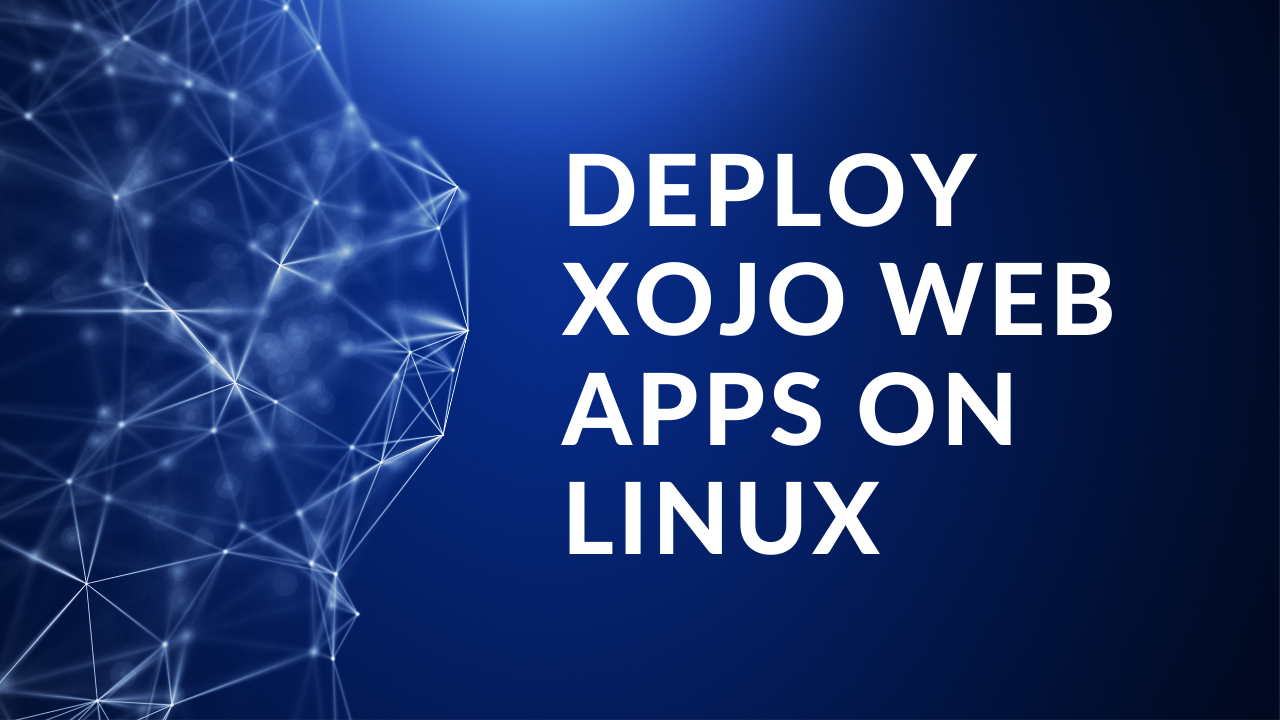…why (does) this process seems so complicated in the first place? What Apple is trying to do is to provide operational security…
Comments closedCategory: Tutorials
tutorials, longer instructional posts, how to’s
In Xojo 2021R2 binary enumerations were introduced. These Enums must be declared in a module and are treated by the compiler as a class. Learn to create an Enum for Days of the Week and demonstrate the use of that by creating a custom segmented button control.
Comments closedThere is something that is even better than using Cell Renderers from third parties- building them yourself. In this second part, you will learn how…
Comments closedThis post was originally published in 2018 and has been updated to use Xojo API 2.0.
Follow this tutorial to create active, aka clickable, words in the text of a TextArea control in your Xojo projects. Learn to use the Object-oriented Delegate design pattern to dynamically change how your app reacts when the user clicks on those active words. Best of all, this project is cross-platform, so you can use it for macOS, Windows and Linux!
Comments closedIf you are creating a web application, you’ve already noticed most of the time you are using WebListBox controls. Xojo Web 2.0 comes with a hidden gem called Custom Cell Renderers. They allow you to create reusable pieces of code to enhance your table cells.
Comments closedSomeone asked in the Xojo Forum if it was possible to create thumbnails (Xojo Picture objects) from a page of a PDF in order to display it in an iOS app. Sure it is! Continue reading to learn how in this step-by-step tutorial.
Comments closedAre you working on a solution consisting of several projects? Are you working in a team or as a single developer and want to share code between different projects? If so, then a MonoRepo could be something to think about.
Comments closedIn this blog post I want to show you how to build a heatmap as a representative for other diagrams. In order to complete this project you’ll the MBS Xojo ChartDirector Plugin, conveniently included in the Omegabundle. A heat map is a grid of fields…
Comments closedThis tutorial provides a step-by-step guide to deploying Xojo web apps on a Linux server. You’ll find deployment of more complex web apps can follow the same basic principles. If all of this seems too complex, Xojo Cloud is the easy, powerful and secure way to deploy web apps.
Comments closedXojo’s Library offers a good amount of UI controls ready to use: buttons, input text controls, lists, popup menus, progress bars, panels, labels, a control to play movies, etc. However, sometimes we need to display exactly the same combination of controls, using the same layout, in several windows of an app. What’s the best approach in these cases?
Comments closed
